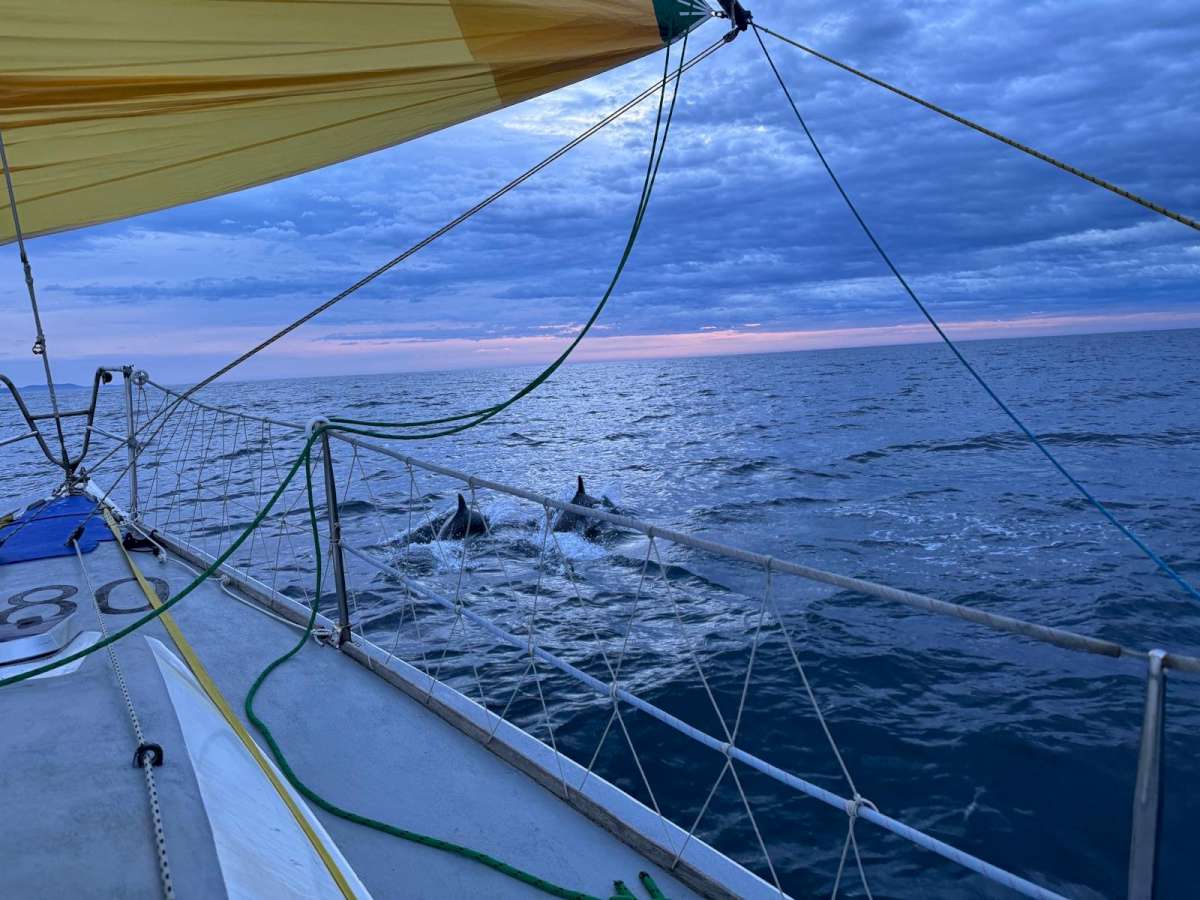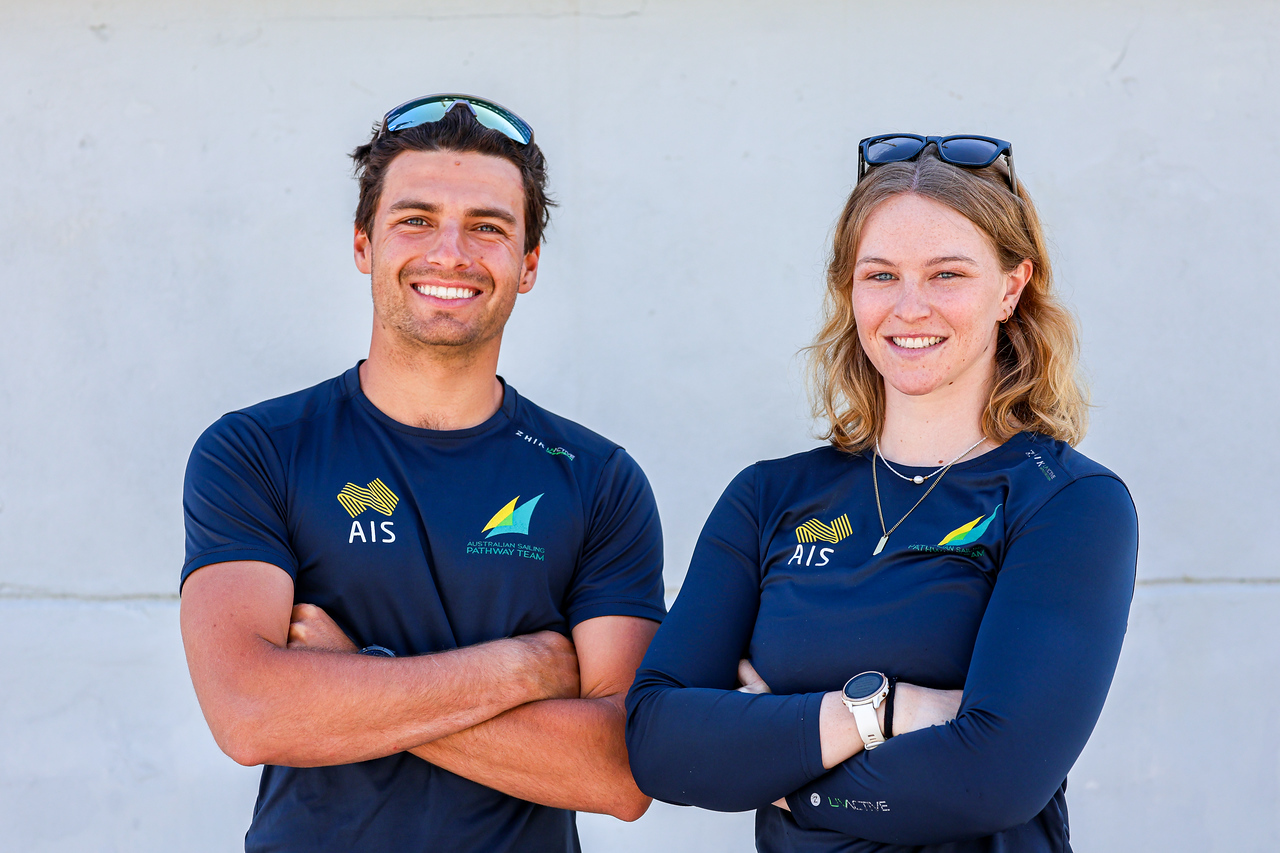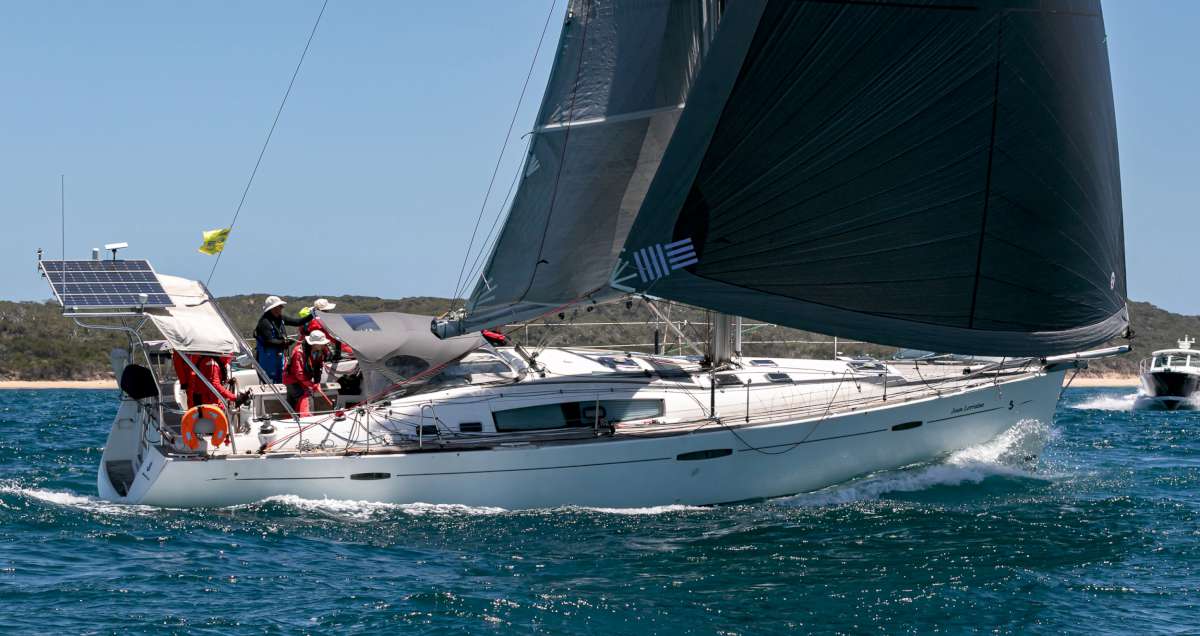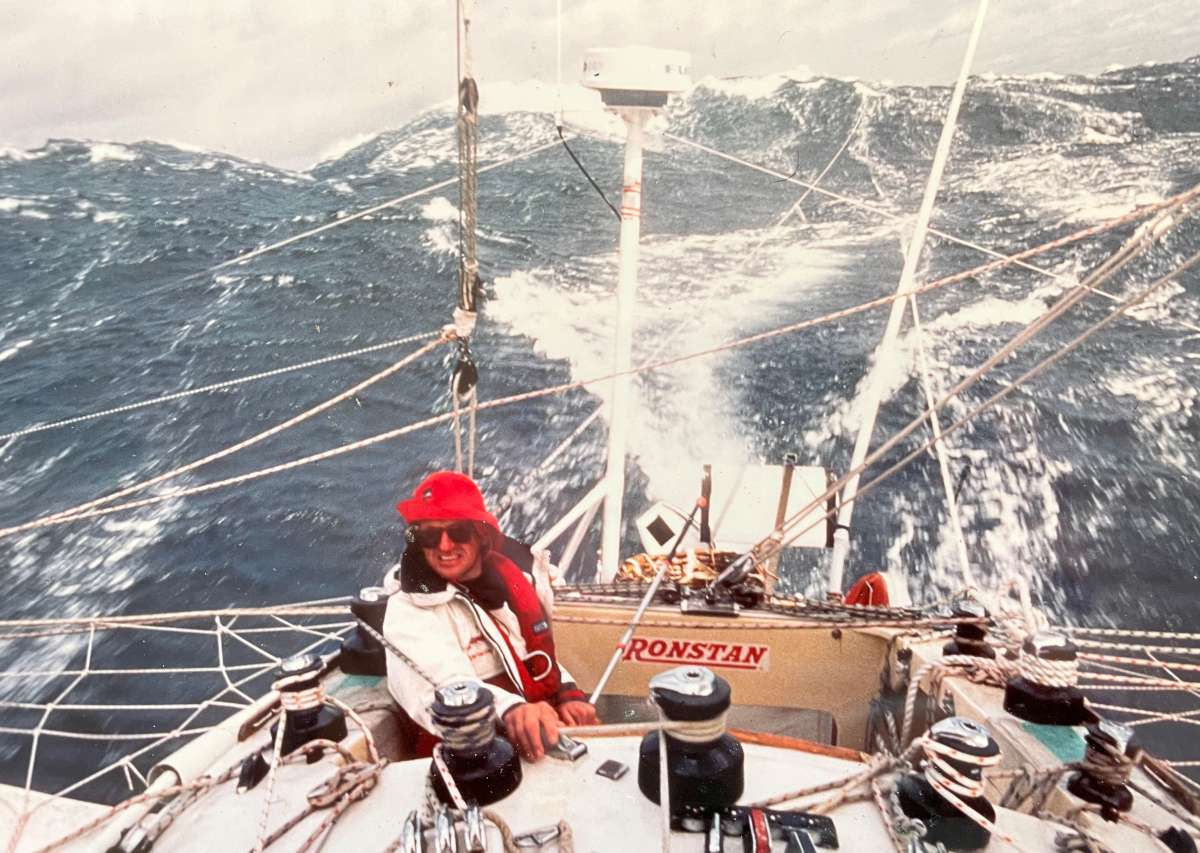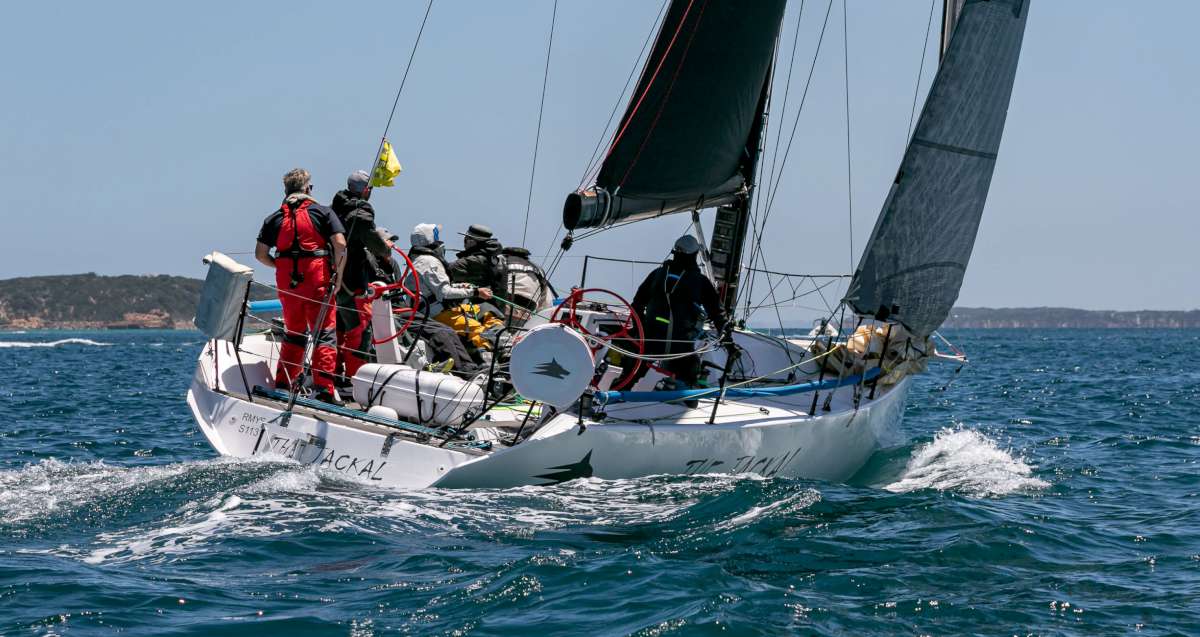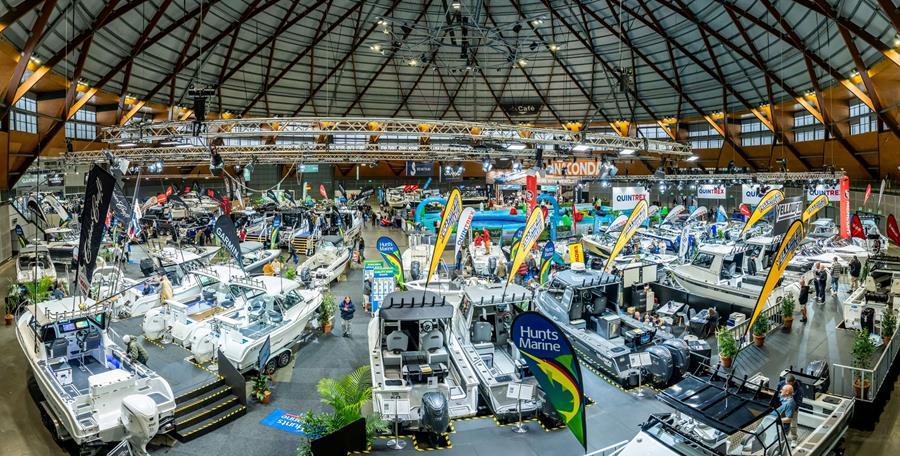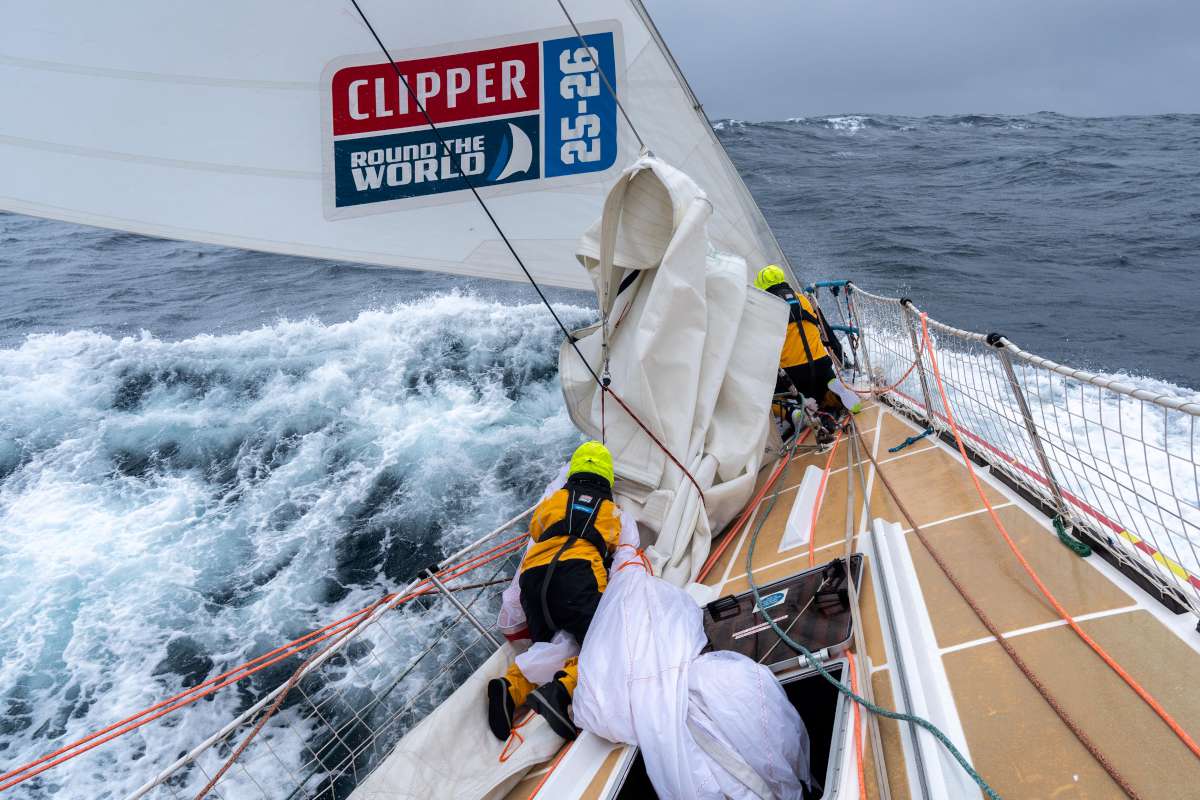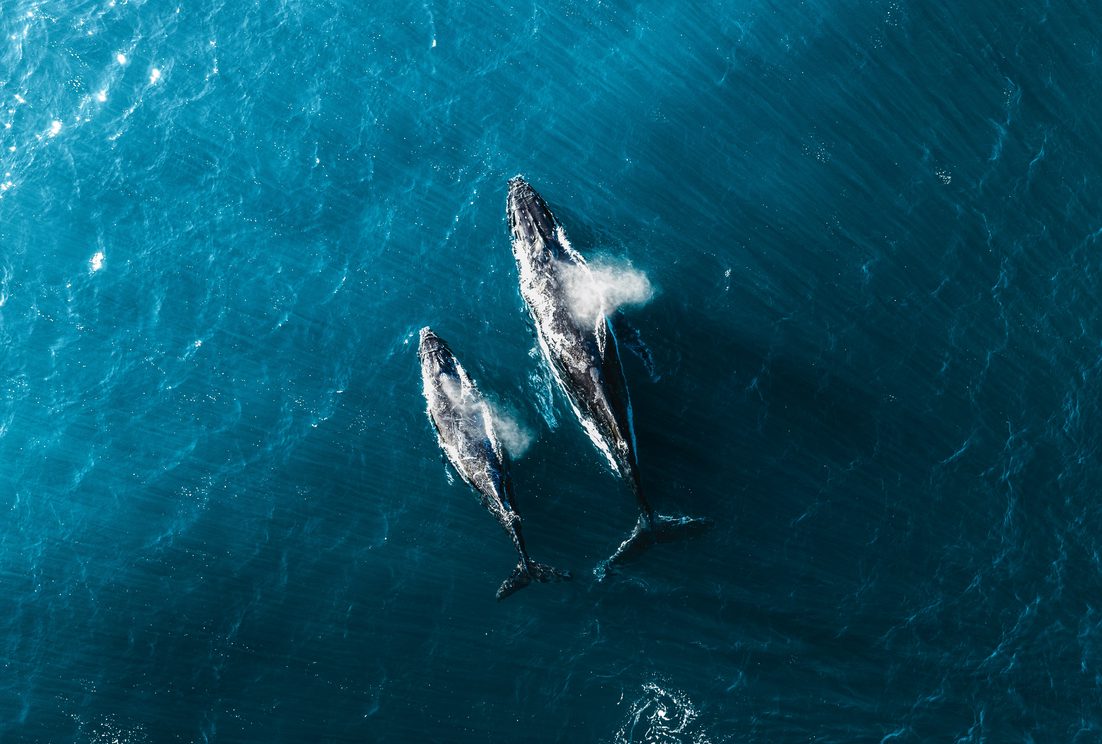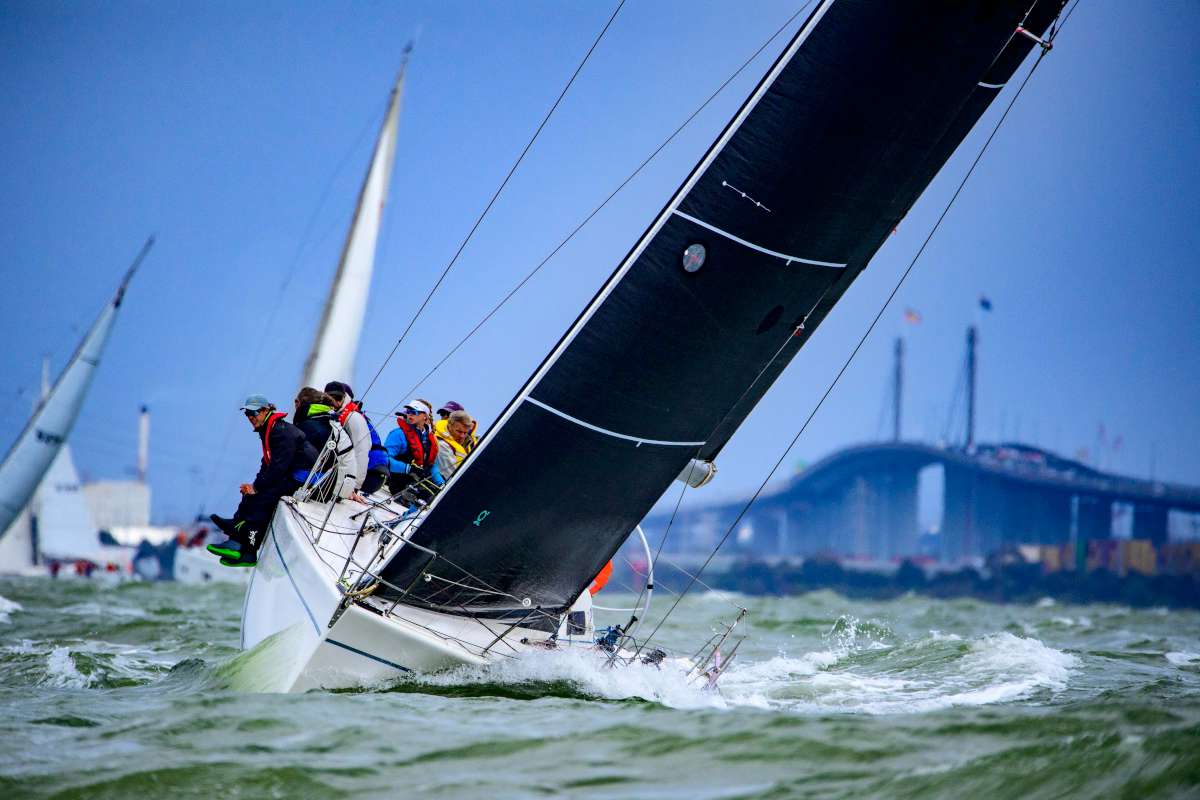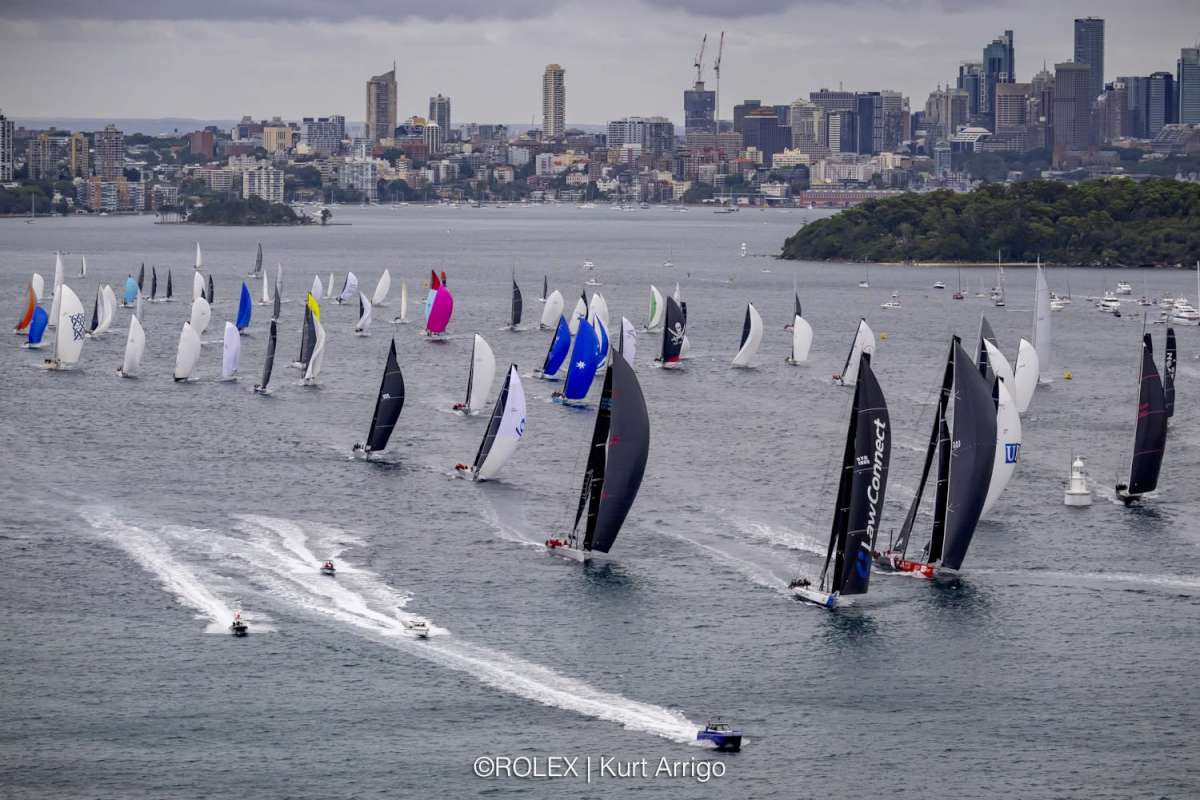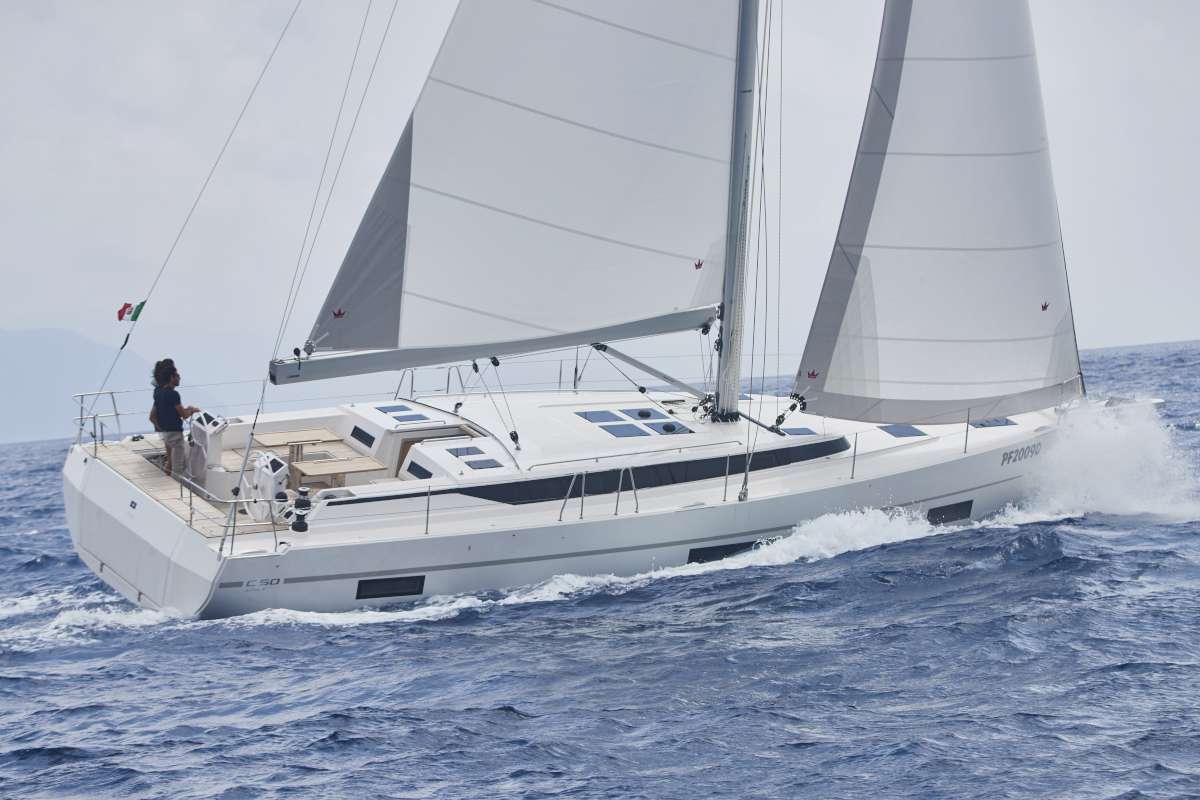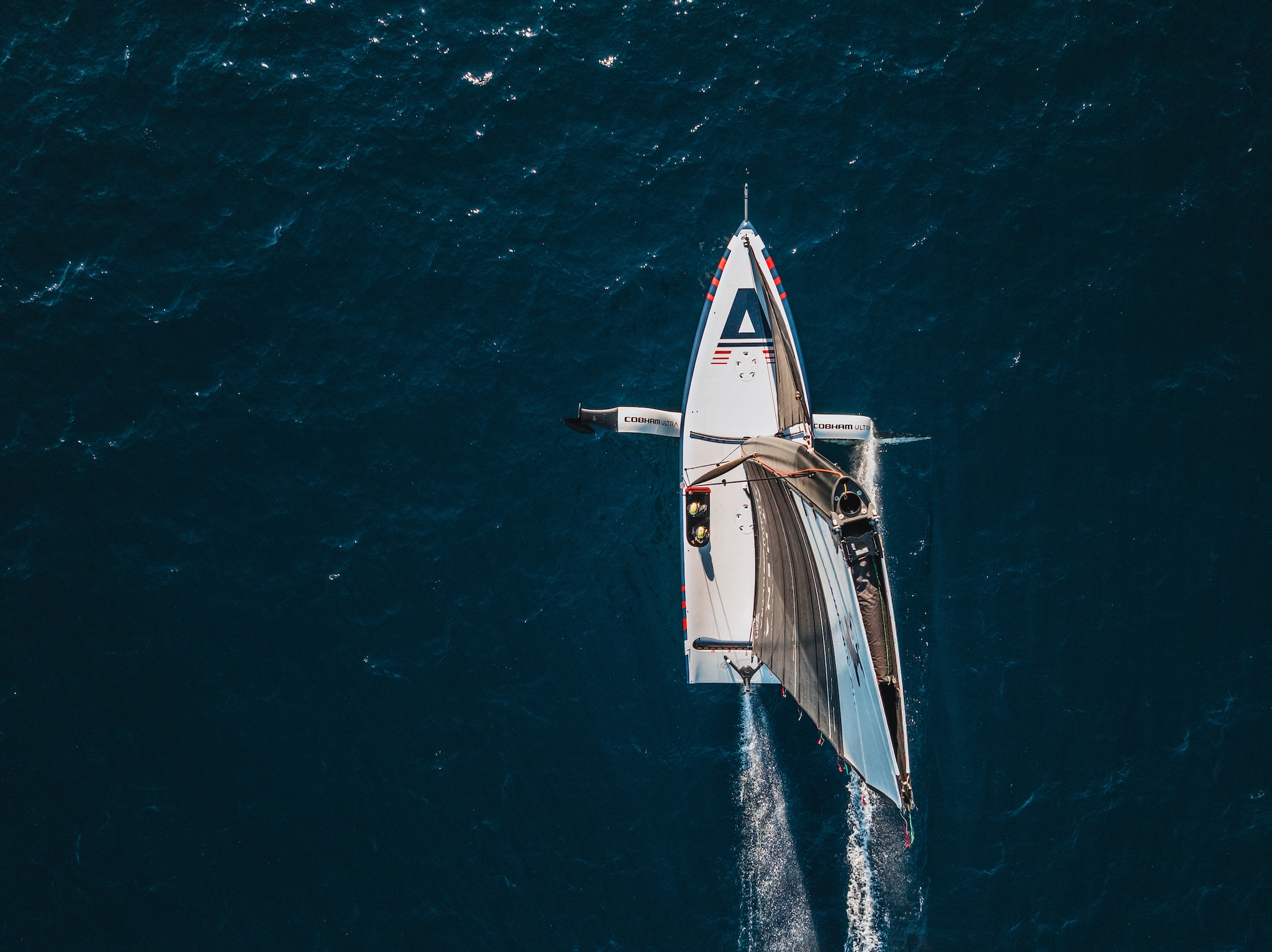The stunning islands of the Caribbean sweep across the Atlantic in a shower of emerald pearls from the throat of Southern USA to the cleavage of South America. The tranquil Caribbean Sea on the leeward side licks at her white beaches, dotted with coconut palms and timber gelato painted shacks swaying to the calypso beat. Each individual island’s inhabitants – descendants of Arawak Indians, Caribs, French and English colonisers and African slaves, mingle in a cocktail of spices and rhythms, heady with the scent of frangipani, rum and nutmeg.
Like priceless gems, the islands glitter with pride and beauty separated only by short day sails to perfectly protected anchorages. You could spend a season or a lifetime plying these gorgeous islands.
Have you ever caught a lobster, squeezed coconut cream, dug callaloo, curried conch or chased a mongoose? How about jammin’ with a steelband, winning a live goat at bingo, relaxing with a rum punch in a bubbling mud pool or witnessed a giant leatherback turtle give birth by the light of a full moon. Well what are you waiting for?
Have you ever considered purchasing a yacht in the Caribbean? Imagine cruising with a tropical sea on the beam, reeling in the mahi from astern and anchoring in paradise with French wine and cheese a dinghy ride away? Everyday? If you would like to know how to buy a cruising boat at a fraction of Australian prices, liveaboard in paradise on the savings and then sail her home across the lovely Pacific, then read on.
Reasons to buy in the Caribbean
Firstly, your partner will love the Caribbean. If they have any reservations about sailing, any argument will disappear here.
It is a sad general fact that men are often guilty of introducing wives to the cruising life via the baptism by fire method. Please do not do that.
Bashing to windward, worrying if you will ever see your kids again, scared that you will die at sea and feeling cold, alone and vulnerable are a worst nightmare. The antidote to this is day sailing in a tropical climate with French wine at days end. Be not mistaken that this is the key to both your dreams.
Gradually introduce them to overnight and longer sails, leading slowly downwind to Panama. At this point, if not ready to cross the Pacific, simply do the Caribbean clockwise circuit and sell your vessel for slightly less than what you paid a year ago. No harm done and you have had an incredible time.
The difference in price you have paid for your vessel in the Caribbean will allow copious rum punch sunsets and a return investment in lifestyle (see recipe).
Once you have cruised the Caribbean, there are many options for resale of your vessel all along the Caribbean chain or USA or even Australia. Should you require upgrades or maintenance while cruising, labour is less expensive in the Caribbean than the US or Australia and, in some yards such as Clarkes Court Marina Grenada, you can do much of the work yourself with chandleries and service agents on site. See: www.clarkescourtmarina.com.
The Leeward islands can be cruised year round so there really is no downtime in your lifestyle investment. You can even purchase ‘citizenship by investment’ in beautiful Grenada should you have the desire and some spare cash. This can take the form of real estate, marina berth purchase, business or investment in a business. These varied options make for an attractive second passport for Aussies with interests in the US and Europe: www.cbi.gov.gd.com.
Caribbean used yacht prices are a fraction of Australian prices and US manufactured yachts do not pay import duty into Australia because of free trade agreements between our countries. You will pay ten per cent GST on the sale price
of a vessel on arrival in Australia.
European built boats add a further 5% duty. As prices can be up to a third lower on used boats in the Caribbean, general savings on purchase allow a margin of at least $15,000 on a $100K spend.
As prices vary considerably, a search on the specific vessel and year is advised. Some models offer much greater savings than others and even the time of year can make a difference to your bargaining power. The hurricane season, from June to November, is your best time to buy. See sidebox for sample data from Horizon Yachts Grenada, Yacht World and Boatsales for August 2017.
Catamarans are popular in the Caribbean. Open, roomy and fast, they are perfect for both the sunny Caribbean weather and quick day sailing between islands. Popular brands include Leopard, Lagoon and Fontaine Pajot.
Prices for a ten year old 38 foot Leopard start as low as US$200K, with average prices for a 2017 used model at US$400K. Bear in mind these boats, while made for bluewater, are often ex-charter and will not usually come with the list of essential ‘live aboard’ extras. Although it may include standard bluewater equipment, allowing it to sail from the USA, France or South Africa to the Caribbean charter destination. While space and comfort is optimised, long term storage capacity, weight availability and some world cruising features may be compromised, however many have happily crossed the Pacific over the past decade.
The newer style monohulls, such as Beneteau, Jeanneau and Bavaria are also popular. A 2005 39’ Beneateau can sell in the Caribbean for as little as US$65K and a larger 50’ 2011 model with electric windlasses and bow thrusters will sell for around US$165K. Although many of these yachts are built for bluewater cruising, it is up to the discretion
of the buyer if the individual vessel is suitable for a long ocean crossing.
Always use a registered broker and surveyor from the country of sale, it is important to know that your new pride and joy is not only sound but has a traceable history and registration.
While internet shopping is an effective way to get a feel for the market, nothing will replace having a look for yourself. The best way to do that before you reach the Caribbean is for your broker to offer a video tour, most reputable brokers will do this if you can show that you are a serious buyer.
If you like what you see, a 10% deposit will secure the vessel until your imminent arrival. As most buyers do not live full time in the islands, this is the usual way of conducting business.
My personal ocean going dollars are on the solid, traditional yacht brands such as Island Packet, Amels, Hans Christian or Oysters. With a wide variety of choice, these proven circumnavigators have stood the test of time and nature and usually come equipped with all the offshore cruising extras.
Standing alone, these extras will cost tens of thousands: wind generator, watermaker, spare sails, covers, solar, electronics, dinghies and outboards can easily double the cost of your investment. While these older models may appear more expensive for their age, the solid build, sea going nature and equipment list can offer a comprehensive package for their price and, if well looked after, will keep their value.
A new boat is like a car, worth a third less when driven out of the parking lot. From that point on, value decreases in ten year, and then five year increments. But a solid design can still fetch a decent price at over twenty years old. Do not restrict yourself to newer designs, there are a lot of good boats out there. Start looking! Australia is downwind of the Caribbean!
There are only a few ways to enjoy the wonderful Pacific: you can either bash to windward from Australia, I have done it and do not recommend; circumnavigate which is highly recommended but not for everyone; or buy your yacht in either Europe or the Caribbean.
The issue with buying in Europe is that you must cross the Atlantic, which is not a great introduction to the cruising life. If you are a seasoned ocean navigator you may enjoy it but, speaking from experience, it is a long, boring, rolly and overrated sail. However, like childbirth, you will forget the bad bits and glow with the retelling of your story.
I was about ready to sell up after our bouncy, cross seas January crossing, except that landing in the Caribbean completely changed my mindset. If you start in the Caribbean instead, the first leg of the Pacific is an equally long sail but the general consensus is that it is a nice downwind reach for most of the way.
By the time you hit Panama, you have done some lovely Caribbean sailing in warm weather, built up a few miles and are ready for the onward journey.
Why Grenada?
Geographically, the island nation of Grenada in the Caribbean, unlike islands further north, is placed outside the main hurricane (cyclone) zone. These monsters can sweep across the Atlantic from their formation in Cabo Verde between July and October and then scribe an upward arc toward Florida or the Gulf of Mexico.
Although there are over 2000 yacht berths across the Windward/Leeward island chain, most cruisers head south to the haven of Grenada in the hurricane season to either continue cruising the beautiful Grenadines, onward to the ABC’s and Panama; or to use the time for maintenance in the many boatyards.
On the very rare occasion when bad weather looms, the many natural hurricane holes in Grenada shelter vessels where those further south and west cannot.
Due to its strategic location, Grenada has a buoyant year-round economy and is therefore an excellent place to buy or sell a vessel. You may safely leave it in the hands of a professional for upgrades or repair while you fly elsewhere.
Project management is a key part of the draw to haulout in Grenada, with every major service catered and an excellent variety of technical specialists available in all fields: engineering, carpentry, rigging, gelcoat, refrigeration and more.
With five major haulout facilities in a small island nation, labour remains competitive and professional, especially when compared with the cost of Australian services. For further information on services:
www.horizonyachtsgrenada.com,
www.spiceislandmarine.com or
www.grenadamarine.com.
By now you may be thinking, “where exactly is Grenada?” Picture the Caribbean chain gently curving from the Bahamas, just a day sail from Florida, southeast into the Atlantic to midway in Martinique and then southwest back to Venezuela. From north to south, the Caribbean includes the Bahamas, Turks and Caicos, Cuba, Jamaica, Hispaniola, the lesser Antilles of the United States Virgin Isles and the British Virgin Isles, the Leeward Isles of St Maarten, St Barths, Saba, Eustatius, St Kitts & Nevis, Barbuda, Antigua, Montserrat, Guadeloupe, Le Saintes and Dominica. Then the curve returns for the Windward isles of Martinique, St Lucia, St Vincent and the Grenadines, Barbados, Bequia, Grenada, Trinidad and Tobago with many small islands in between.
Grenada lies near the bottom of the chain and out of the major hurricane zone.
Incredibly there are one million square miles of island in the West Indies, so named when Columbus ran into them while trying to find a faster sea route to India in the late 15th century on his journey to the East Indies (South East Asia). There are seven thousand individual islands in the Caribbean Sea alone, with twenty eight island nations, twelve dependant territories and a further ten Latin American countries. Enough to keep a cruiser happy for a lifetime.
But what is it like?
This incredible variety of nations encompasses many cultures, languages and cuisines, making for an ethnic cultural diversity which has intermingled down the island chain over the centuries. African and French Creole cooking vie with Dutch and English goods, spiced with Indian curry flavours.
Fresh lobster, deep sea fish and conch are in abundance, along with market fresh vegetables in the Leeward isles. Every island boasts a number of rum distilleries: white agricole in the French isles and spiced dark rum in Grenada; along with cocoa and coffee plantations.
West Indian cooking is redolent of turmeric, ginger, cinnamon, nutmeg and vanilla and laced with island thyme, lemongrass, basil and coriander. While curry goat is a favourite among locals, the vegetarian Rasta population demands a variety of tropical fruits, hearty greens such as callaloo along with abundant root vegetable varieties known as ‘provision’. Coconut cream is a staple in many islands, but French imports also add cheese and dairy to the menu.
From jerk chicken roadside stalls and stuffed landcrabs, to the finest five star resort menus, you will never starve in the Caribbean!
With the Venezualan jungle on the doorstep, the variety of flora and fauna in the islands is remarkable. Mona monkeys, mongoose and armadillos hide in the lush rainforests. Rare birds, like the Grenadian dove, sing in the emerald mountainsides, lush with raging waterfalls and sizzling volcanic plateaus. You can hike through these wonderlands from mountain villages down into crystal seas in a matter of hours.
The ‘Grenada hash house harriers’ boast the largest and most diverse chapter in the world with hundreds of locals, tourists and sailors taking part each week. For those uninitiated, the ‘Hash’ is a walk or run through the jungle following a paper trail and finishing at a rum shack or alehouse to partake in the local brew.
The West Indies Brewery in Grenada, located conveniently between the secure anchorages of Secret Harbour and Prickly Bay, brew the very best craft beer in the Caribbean, if not the world. I am biased because every Tuesday night the infamous Tuesday Cruisers Jam takes place there, with free beer for musicians. It is unbelievable how quickly I’ve learned to play guitar!
Meanwhile, giant, prehistoric leatherback turtles lay their eggs in warm sand, orcas and humpbacks frolic off the coast between December and April, while tropical fish, lobster and conch crawl over the gin sea bed to hidey holes in ancient reefs. The diving and snorkelling is first class with wreck dives a favourite. PADI offers courses up and down the islands and you can start your certification in one island and finish in another for a wealth of experience.
Of course, the Caribbean Sailing Regattas are legendary, attracting the rich and famous to St Barths and Antigua, while some serious sailing fun happens regularly all the way down to Grenada and Trinidad.
The seas are always from the east, so heading north and south on the western side of the islands is a sailor’s dream. I am particularly partial to the colourful, local workboat regattas with brightly painted wooden skiffs belting out calypso and soca beats.
The tiny island of Carriacou is famous for its traditional wooden boatbuilding techniques. The Grenadian cedar must be felled during the waning moon and then set into frames on the beach. The traditional ceremony involving rum and spilling of sacrificial blood then ensures a safe building process. You can witness the long history of Carriacou boatbuilding in the film, ‘Vanishing sail’” www.vanishingsail.com.
Along with Caribbean music and film festivals, the grandest show on earth is ‘spicemas’, a three day carnival in Grenada. There is nothing like drinking rum and dancing down the street in feathers (men included) to bring out your inner beauty queen!
If that is not your style, then marching in flashing neon clothing for the light parade, or a douse in coloured paint to ‘jab jab’ through the early hours might be the ticket: www.travelgrenada.com.
Although the Caribbean is generally safe, the occasional ‘pirate of the Caribbean’ rears its ugly head. Where there is money, there will be crime but, considering how many destinations there are in the Caribbean chain, crime is relatively low.
The best way to safeguard yourself is to do as you would at home. Do not visit areas where a violent crime has been committed until the perpetrator is caught. There are a couple of bays to avoid and the best way to stay up to date is
the piracy and security page on noonsite: www.noonsite.com.
Lock your dinghy at night and do not broadcast your absence on VHF. Don’t leave your boat unattended on a mooring all season.
Be sensible, but if that iffy location is a must on your bucketlist then sail in company and leave again before dark.
Navigation is straightforward, tides are negligible and there are seven thousand islands to enjoy.
The fastest route from Australia to your investment in life is with Qantas direct to Los Angeles, connecting to New York or Miami and onward to Grenada with Jetstar. You will need a US visa to transit.
Alternatively, fly from London via Barbados or St Lucia or Paris to Martinique and onward to Grenada with local airline Liat. Note baggage restrictions on local flights.
So, start looking for that perfect live-aboard vessel to sail home. The stunning Caribbean awaits and there is a wealth of information available for your onward journey through the Pacific.
I look forward to meeting you on your journey, I will have the rum punch ready. ≈





